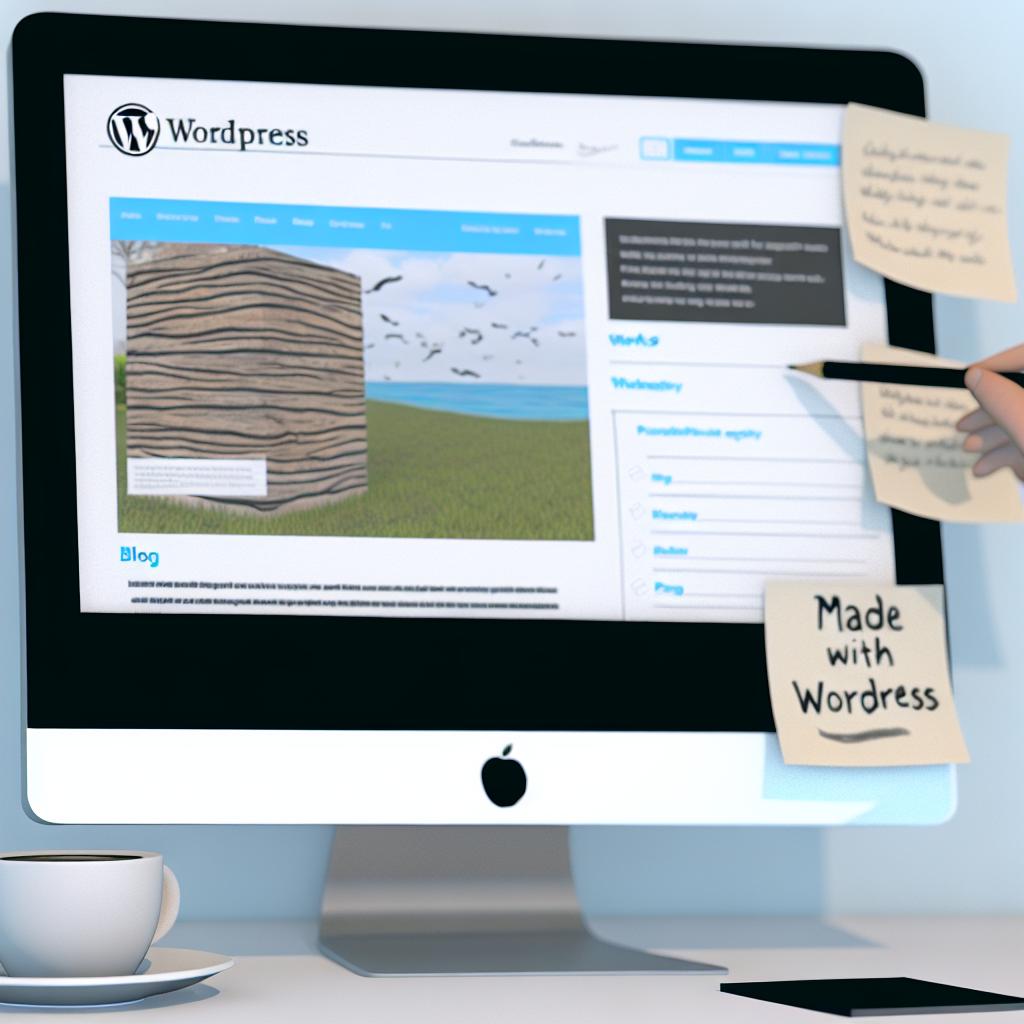Introduction to WordPress for Portfolio Websites
WordPress is a highly versatile platform renowned for its capacity to develop numerous types of websites, among which portfolio sites are particularly popular. The platform’s appeal lies in its user-friendly interface and comprehensive customization options. This guide is structured to provide a detailed, step-by-step approach to building a portfolio website using WordPress, helping users to fully exploit the platform’s potential.
Why Choose WordPress?
One primary reason for choosing WordPress is its remarkable flexibility and ease of use. With WordPress powering over 40% of all websites globally, its reliability is well-established. The accessibility to a wide array of themes and plugins tailored for a portfolio’s specific needs is another significant advantage. Furthermore, WordPress’s status as an open-source platform ensures it remains free to use, while being continually enhanced and maintained by a thriving community of developers.
Getting Started: Installation and Setup
The initial stage of utilizing WordPress involves its installation. This process is made simple as most hosting providers facilitate quick installations for WordPress. After installation, configuring essential settings becomes necessary. This process encompasses selecting a suitable permalink structure, which is pivotal for search engine optimization (SEO), as well as setting up a static homepage to present a professional front.
Selecting a Theme
The choice of a theme constitutes a crucial step as it forms the backbone of your portfolio’s visual design. WordPress furnishes a vast spectrum of themes, ranging from free to premium options. These can be explored in the WordPress theme repository, with a focus on styles that prioritize imagery and maintain a clean, modern layout.
Among notable themes are:
1. Twenty Twenty-One: A minimalist design theme that serves as a default option.
2. OceanWP: Esteemed for its substantial flexibility and extensive control features.
3. Astra: Recognized for its lightweight build and optimized loading speed.
Installing Essential Plugins
Enhancing a website’s functionality is a task efficiently accomplished by plugins. For creating a portfolio site, several plugins should be considered:
– Elementor: This plugin operates as a drag-and-drop page builder, enabling extensive site customization without demanding technical expertise.
– Contact Form 7: A straightforward plugin to add a contact form, facilitating communication between site visitors and the website owner.
– Jetpack: A multifaceted tool offering features that encompass security enhancements, performance optimization, and social media linkage.
Creating and Managing Content
In WordPress, content presentation revolves around the use of posts and pages. For a portfolio site, it is advisable to create dedicated pages for displaying your work and an ‘About’ page to introduce yourself and your professional background. Posts are particularly beneficial for communicating updates and crafting blog articles that delve into the nuances of your projects or industry topics.
Portfolio or gallery plugins can significantly enhance how your work is displayed. Within the WordPress plugin repository, these tools provide varied layout options that serve to present your work in a captivating, professional manner.
Optimizing for Search Engines
SEO, or Search Engine Optimization, is a critical aspect of expanding the reach of your portfolio. Leveraging plugins like All in One SEO or Yoast SEO helps in optimizing your site’s visibility on search engines. It is crucial to focus on relevant keywords associated with your work while ensuring images are correctly tagged and compressed to enhance site performance. Engaging in these practices not only improves search engine rankings but also ensures a positive user experience.
In conclusion, by adhering to the guidance provided in this structured approach, you can successfully establish a functional and visually pleasing portfolio website using WordPress. This platform will serve as an effective medium to display your work, thereby facilitating connections with potential clients or employers, and enhancing your professional online presence.
